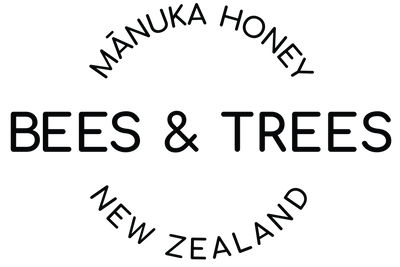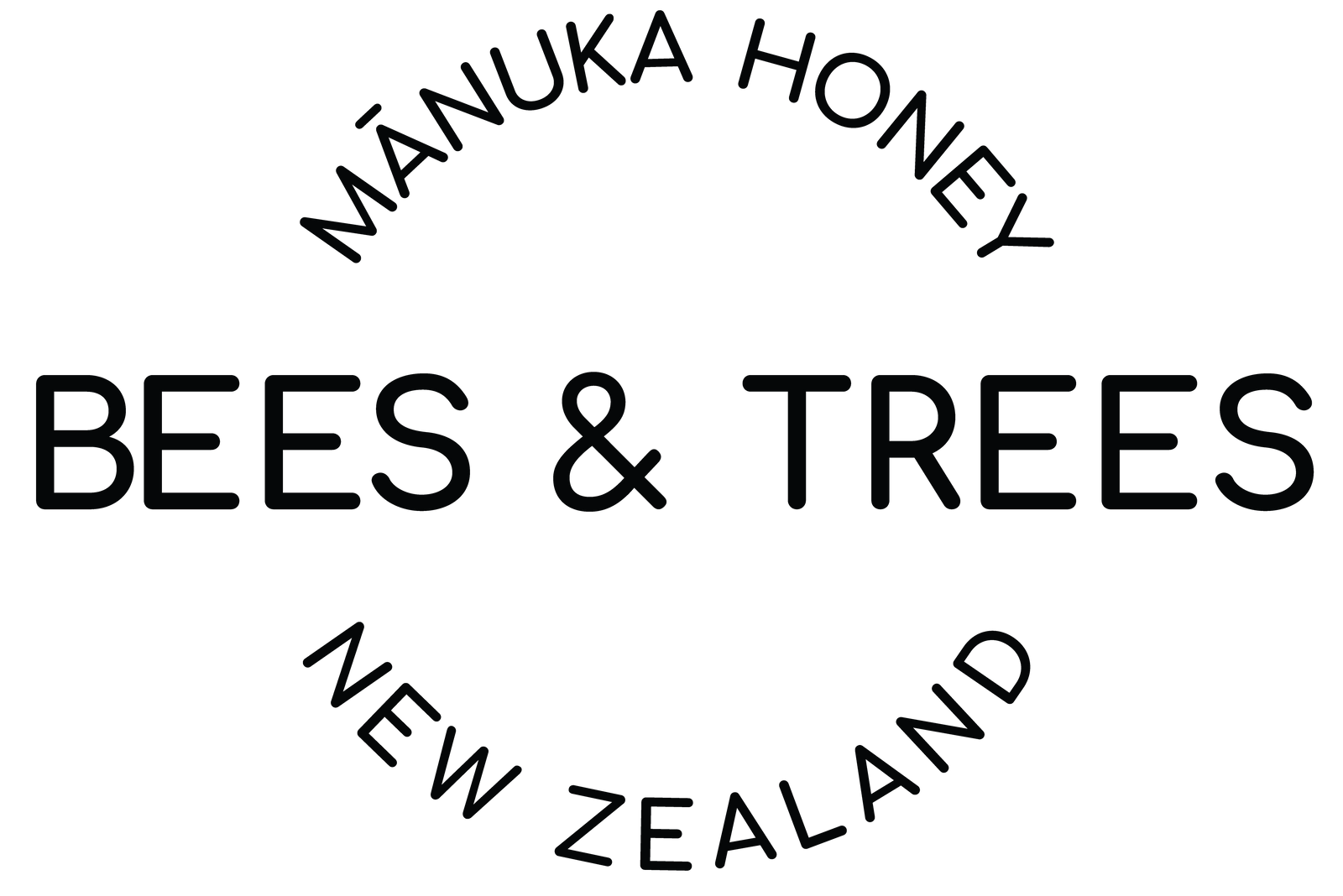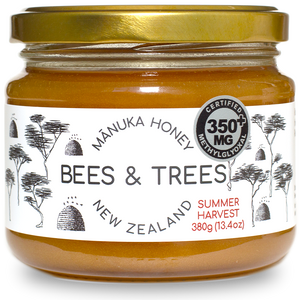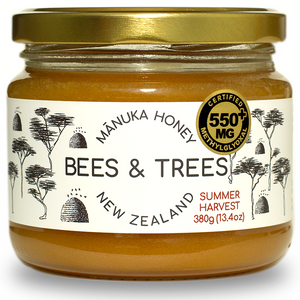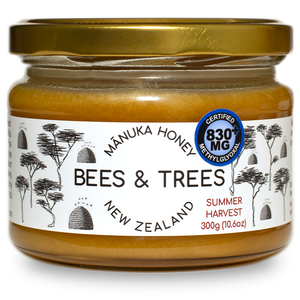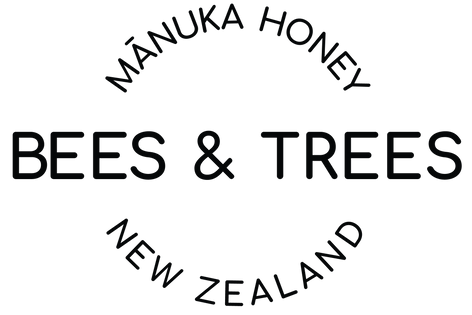A Gift Created by the Bees and Trees for You
Each detail of our company reflects our passion for the environment. From the all-natural processes we use to create our small-batch Mānuka honey to the development of region specific, Taranaki, New Zealand honey, we are dedicated to creating a product that you can trust.
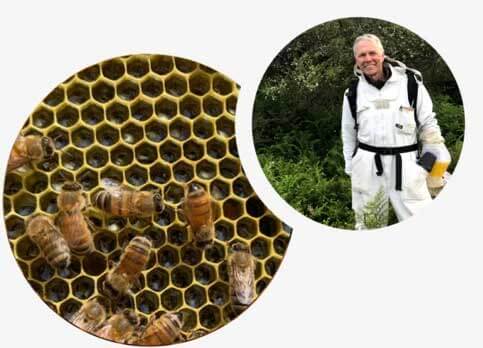
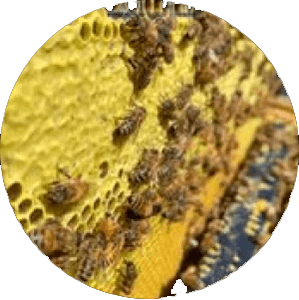
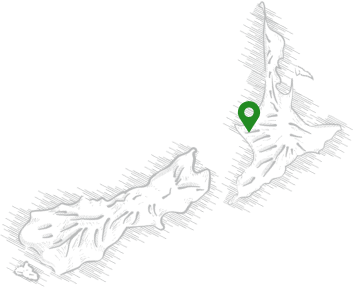
Mānuka Honey is honey made when bees forage on the nectar of the flowering Mānuka tree, which is native to, and grows mainly in New Zealand.
New Zealand has a worldwide reputation as a "clean & green" place, and by world standards, much of New Zealand has been only lightly touched by the impact of human development.
Research performed in New Zealand & in Germany in the 1990s identified a unique and potent antibacterial property of Mānuka honey which stimulated worldwide interest and markets. Methylglyoxal (abbreviated MG or MGO) directly correlates with this antibacterial property. Active Mānuka honeys contain varying degrees of dietary methylglyoxal. Mānuka honey has been termed a "superfood" for its overall health and wellness properties.
Our All-Natural Hive-to-Jar Process
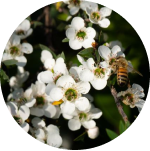 1
1
Mānuka Honey is made from the flowering Mānuka tree, native to and found growing naturally predominantly in New Zealand. The Mānuka tree has a white flower, sometimes tinged with pink. In the Taranaki region where we operate, the Mānuka trees are typically in bloom during January and February each summer.
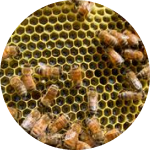 2
2
We place our hives into areas with a high concentration of wild Mānuka trees in some of the most pristine wilderness of New Zealand. Our bees forage nectar among the native trees in these areas to create our Mānuka Honey.
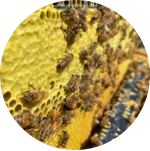 3
3
We harvest and extract the honey in small batches. Each batch relates to one of our specific cropping areas. Each season we hand select certain batches to be packed into our glass jars and display the Bees & Trees label. Our honey is raw, natural, and minimally processed, we call it "hive-to-jar” honey!
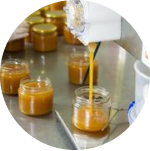 4
4
After our Mānuka Honey is extracted, an independent laboratory tests each batch for 4 chemical and 1 DNA marker used to authenticate that it meets the standards set by the New Zealand government to rate as a mono-floral Manuka honey. The honey is further tested for the level of MG or dietary methylglyoxal which correlates with the honey’s healing and wellness properties. Higher MG levels means better antibacterial properties of the honey.
Story
How Bees & Trees Began
Bees & Trees Honey was founded while my family and I were living in New Zealand from 2009-2012. Based in Atlanta, Georgia, I continue to carefully manage all aspects of the business with frequent trips to New Zealand and lots of time video conferencing. The pristine environment of New Zealand is world renowned. Our cropping sites are mostly surrounded by native forests, and they are remote even by New Zealand standards.
Our honey comes from the Taranaki region and we believe that the microclimate of this region contributes to the superior taste of our honey. Our bees are looked after carefully to maintain the health and strength of each colony year round. All this is done so they can do one thing especially well—produce for you, our customer, one of the world s best tasting, and most amazing all natural health beneficial products, Bees & Trees Mānuka Honey.
-Mike Everly, Founder of Bees & Trees
Authenticity and Transparency:
We are small and family-owned and take pride in educating our consumers as if they were in our own kitchen. In addition, our retailers are independent, local health food stores where you can learn and engage with people who are knowledgeable about Mānuka honey, and are typically passionate about natural approaches to wellness and healing.Respect and Care:
We believe in the idea that if you take care of and respect nature, nature will take care of you, too. The ecosystem in our region of New Zealand is a critical partner in our work there. The health of the native forests and our operations there combine to create what can only be described as a gift from nature. We are actively involved in programs for invasive pest control, native forest restoration, and re-population of threatened and endangered native bird species in the region.
Natural Wellness:
We believe that the majority of our healthcare routines should come from natural, safe sources like Mānuka honey. Mānuka honey can have a positive impact on wellness from immune support to supporting digestive health and infection prevention.
Trust:
We take pride in creating a product you can trust. We are transparent with each and every batch we produce, backed by independent lab test results and labeling. Our product is always pure, small-batch, and the best-quality possible. We do not cut corners in our beekeeping operations, our honey extraction or honey packing. We focus on quality down to how each jar of honey is packaged to ship and arrive safely at your home.
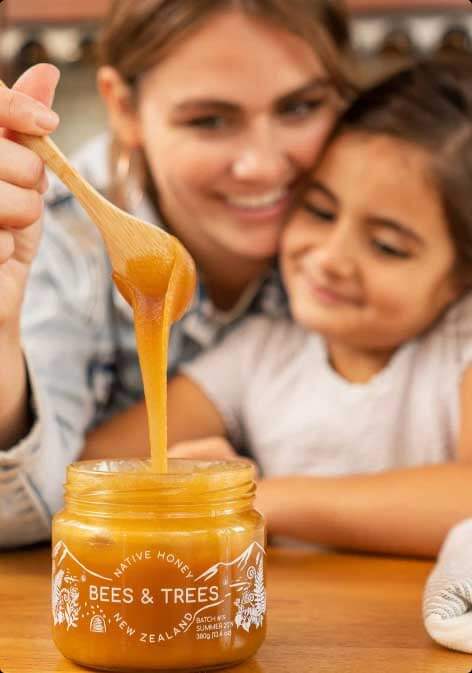
Our Manuka and Other New Zealand Honeys
From Our Bees & Trees to a Jar in Your Home.
Laboratory Certified, Pure Manuka Honey.
(Buy 4 or more jars and save 10%)

Mānuka Honey Mid-Activity 350+ MGO/kg
$33.50
Mānuka Honey 350+ MGO/kg | Pure NZ Honey is ideal for health-conscious consumers seeking natural alternatives to incorporate into their wellness routines. This premium Mānuka...
View full product details
Mānuka Honey High-Activity 550+ MGO/kg
$47.50
Mānuka Honey 550+ MGO/kg | Pure NZ Honey is perfect for those looking to experience the remarkable qualities of authentic Mānuka honey. Known for its...
View full product details
Mānuka Honey Founder's Reserve 830+ MGO/kg
$65.00
Mānuka Honey Founder’s Reserve 830+ MGO/kg | Our Founder’s Reserve Mānuka Honey offers an ultra-high 830+ MGO value, making it ideal for those seeking the...
View full product details
Native New Zealand Honey
$15.00
Bees & Trees™ Native Honey | Pure New Zealand Raw Honey is a limited-production honey harvested from New Zealand's untouched native forests. Produced by bees...
View full product details
Mānuka Honey 3 Jar Bundle
$130.00
Looking to try each of our different Mānuka Honey offerings? This bundle is the way to go! Our 350+MGO is great for your daily wellness...
View full product detailsAsk Us
Anything
Have questions about Mānuka Honey
or Bees & Trees?
Send us your question and we'll happily respond!
